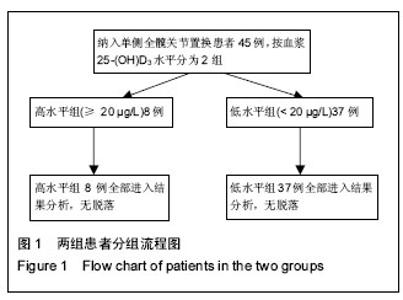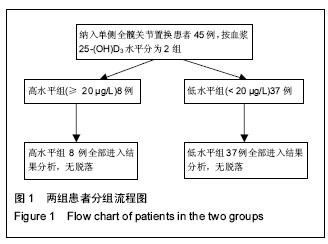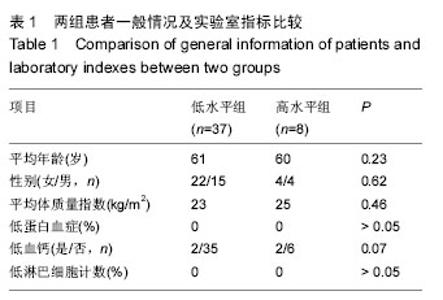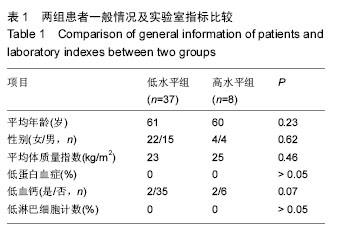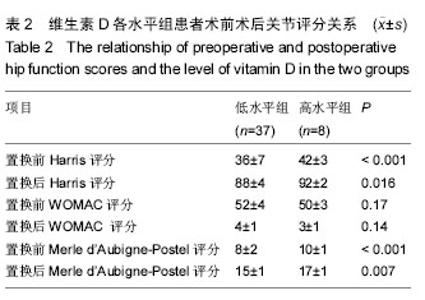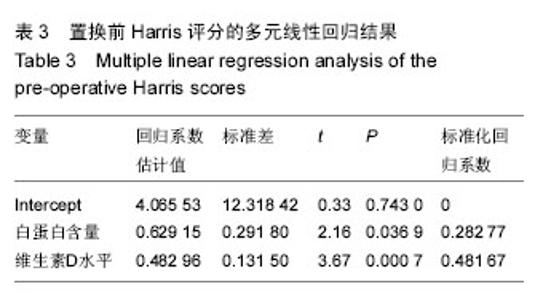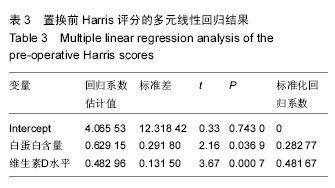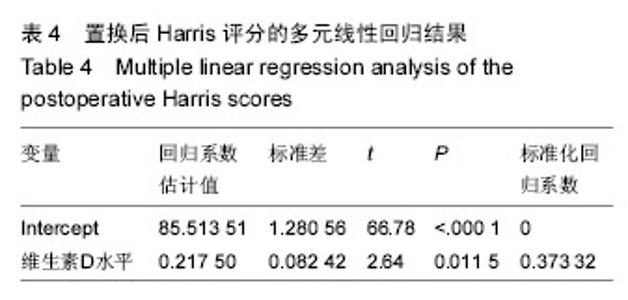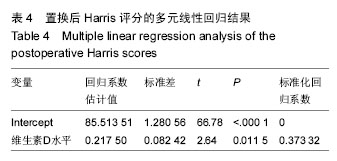| [1] |
Yuan Wei, Zhao Hui, Ding Zhe-ru, Wu Yu-li, Wu Hai-shan, Qian Qi-rong.
Association between psychological resilience and acute mental disorders after total knee arthroplasty
[J]. Chinese Journal of Tissue Engineering Research, 2017, 21(7): 1015-1019.
|
| [2] |
Chen Qun-qun, Qiao Rong-qin, Duan Rui-qi, Hu Nian-hong, Li Zhao, Shao Min.
Acu-Loc®2 volar distal radius bone plate system for repairing type C fracture of distal radius
[J]. Chinese Journal of Tissue Engineering Research, 2017, 21(7): 1025-1030.
|
| [3] |
Huang Xiang-wang, Liu Hong-zhe.
A new low elastic modulus of beta titanium alloy Ti2448 spinal pedicle screw fixation affects thoracic stability: biomechanical analysis
[J]. Chinese Journal of Tissue Engineering Research, 2017, 21(7): 1031-1035.
|
| [4] |
Xie Qiang.
Three-dimensional finite element model for biomechanical analysis of stress in knee inversion and external rotation after posterior cruciate ligament rupture
[J]. Chinese Journal of Tissue Engineering Research, 2017, 21(7): 1036-1040.
|
| [5] |
He Ze-dong, Zhao Jing, Chen Liang-yu, Li Ke, Weng Jie.
Multilevel finite element analysis on the biological tribology damage of water on bone tissue
[J]. Chinese Journal of Tissue Engineering Research, 2017, 21(7): 1041-1045.
|
| [6] |
Jiang Zi-wei, Huang Feng, Cheng Si-yuan, Zheng Xiao-hui, Sun Shi-dong, Zhao Jing-tao, Cong Hai-chen,Sun Han-qiao, Dong Hang.
Design and finite element analysis of digital splint
[J]. Chinese Journal of Tissue Engineering Research, 2017, 21(7): 1052-1056.
|
| [7] |
Wang Fei, Liu Zhi-bin, Tao Hui-ren, Zhang Jian-hua, Li Chang-hong, Cao Qiang, Zheng Jun, Liu Yan-xiong, Qu Xiao-peng.
Clinical efficacy of preoperative osteotomy designs using paper-cut technology versus photoshop software for ankylosing spondylitis with kyphosis
[J]. Chinese Journal of Tissue Engineering Research, 2017, 21(7): 1057-1063.
|
| [8] |
Li Hui, Ma Jun-yi, Ma Yuan, Zhu Xu .
Establishment of a three-dimensional finite element model of ankylosing spondylitis kyphosis
[J]. Chinese Journal of Tissue Engineering Research, 2017, 21(7): 1069-1073.
|
| [9] |
Ling Guan-han, Ou Zhi-xue, Yao Lan, Wen Li-chun, Wang Guo-xiang, Lin Heng-feng.
Establishment of simulating three-dimensional model of China-Japan Friendship Hospital Classification for L type osteonecrosis of the femoral head
[J]. Chinese Journal of Tissue Engineering Research, 2017, 21(7): 1074-1079.
|
| [10] |
Fu Wei-min, Wang Ben-jie.
Assessing the degree of necrotic femoral head, and association of blood supply with pathlogical changes: study protocol for a diagnostic animal trial
[J]. Chinese Journal of Tissue Engineering Research, 2017, 21(7): 1086-1091.
|
| [11] |
Zhang Wen-qiang, Ding Qian, Zhang Na.
Associations between alpha angle and herniation pit on oblique axial magnetic resonance imaging in asymptomatic hip joints of adults
[J]. Chinese Journal of Tissue Engineering Research, 2017, 21(7): 1098-1103.
|
| [12] |
Sun Xiao-xin1, Zhou Wei2, Zuo Shu-ping3, Liu Hao1, Song Jing-feng1, Liang Chun-yu1.
Morphological characteristics for the magnetic resonance imaging assessment of discoid lateral meniscal tears in children
[J]. Chinese Journal of Tissue Engineering Research, 2017, 21(7): 1104-1109.
|
| [13] |
Lin Han-wen, Wen Jun-mao, Huang Chao-yuan, Zhou Chi, Tang Hong-yu.
Correlation between the changes in lower limb power line and pain area in the knee osteoarthritis patients: imaging evaluation
[J]. Chinese Journal of Tissue Engineering Research, 2017, 21(7): 1110-1114.
|
| [14] |
Zhang Yun-ge, Song Ke-guan.
Periprosthetic osteolysis induced by wear particles: research progress of calcineurin/activated T cell nuclear factor signaling pathway
[J]. Chinese Journal of Tissue Engineering Research, 2017, 21(7): 1115-1122.
|
| [15] |
Liu Wei, Huang Jian.
Applied research and progress of three-dimensional printing technology in joint replacement
[J]. Chinese Journal of Tissue Engineering Research, 2017, 21(7): 1123-1130.
|
